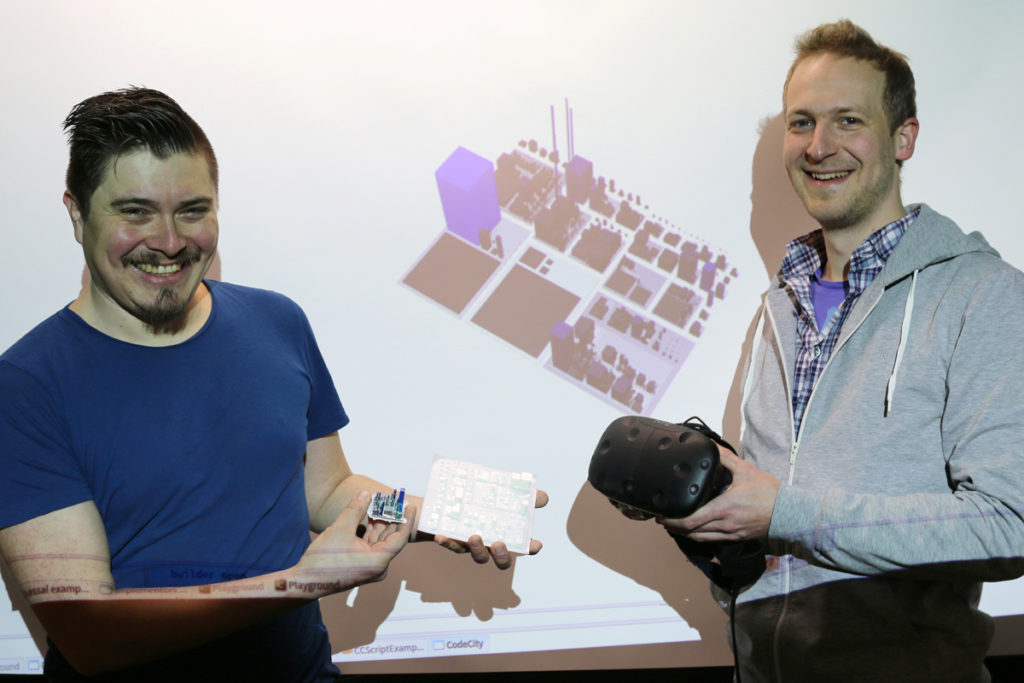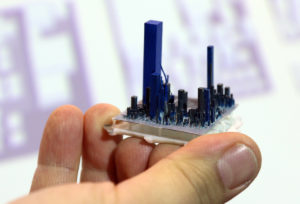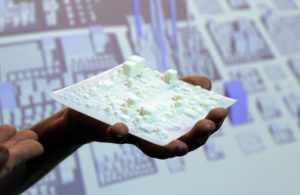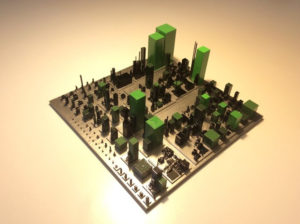During this winter, I spent the last three months at the Data Analysis and Visualization Group led by Prof. Dr. Daniel Keim at the University of Konstanz. During this stay I had the opportunity to meet many researchers who work in visualization and visual analytics in multiple domains and pursue my research work.

My recent activities were about investigating the impact of the medium in visualizations for software comprehension. I deployed a visualization technique (that uses a city metaphor) across three media an immersive 3D environment (I3D), a physical 3D model (P3D), and a standard computer screen (SCS).
Then, I conducted a study with users who had to solve tasks that stress performance (time to completion and accuracy), memorability, and user experience. Now we finishing the study, gathering the data for the analysis. Hopefully, we will publish this work in VISSOFT 2017.
I enjoyed the experience of working with technologies such as the virtual reality system (I3D) and the 3D printer (P3D), as well as learning how to conduct experiments. I moved to Konstanz with my whole family (my wife and three children). Moving with my family meant a lot of planning, but in the end, it was very rewarding. We all enjoyed our time in Konstanz! And plan to go back in the summer. Thanks a lot to the Transregional Collaborative Research Center (SFR-TRR) 161 for the support and the funding.




